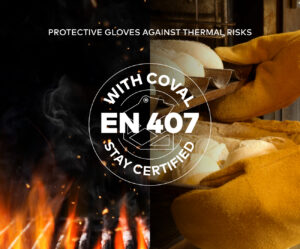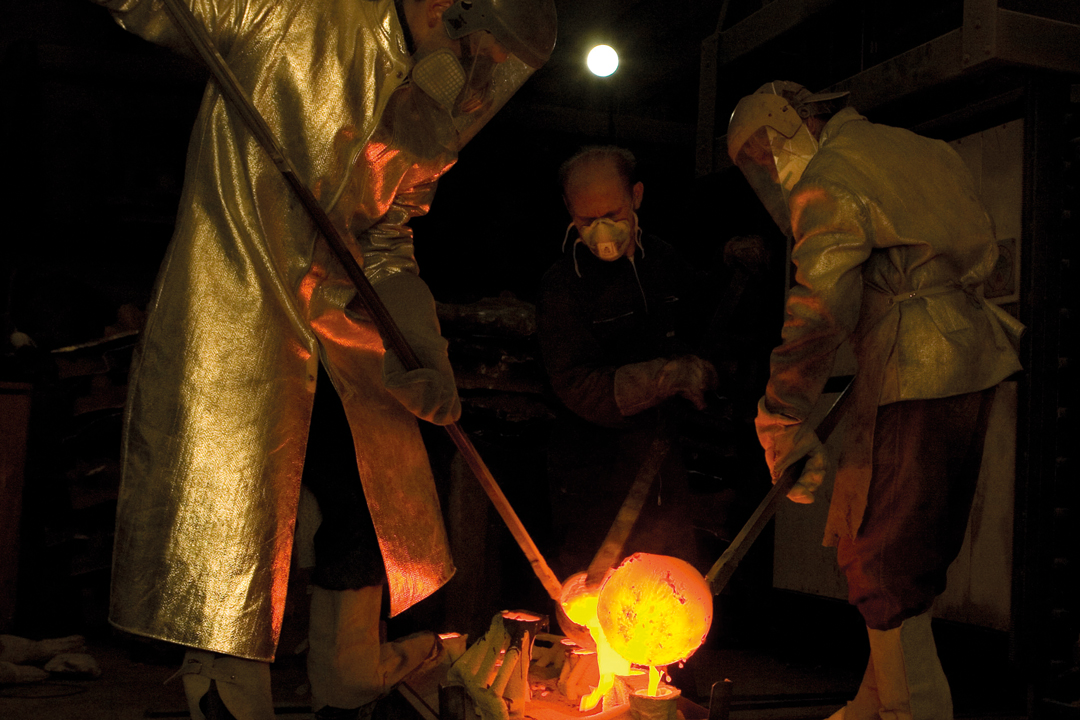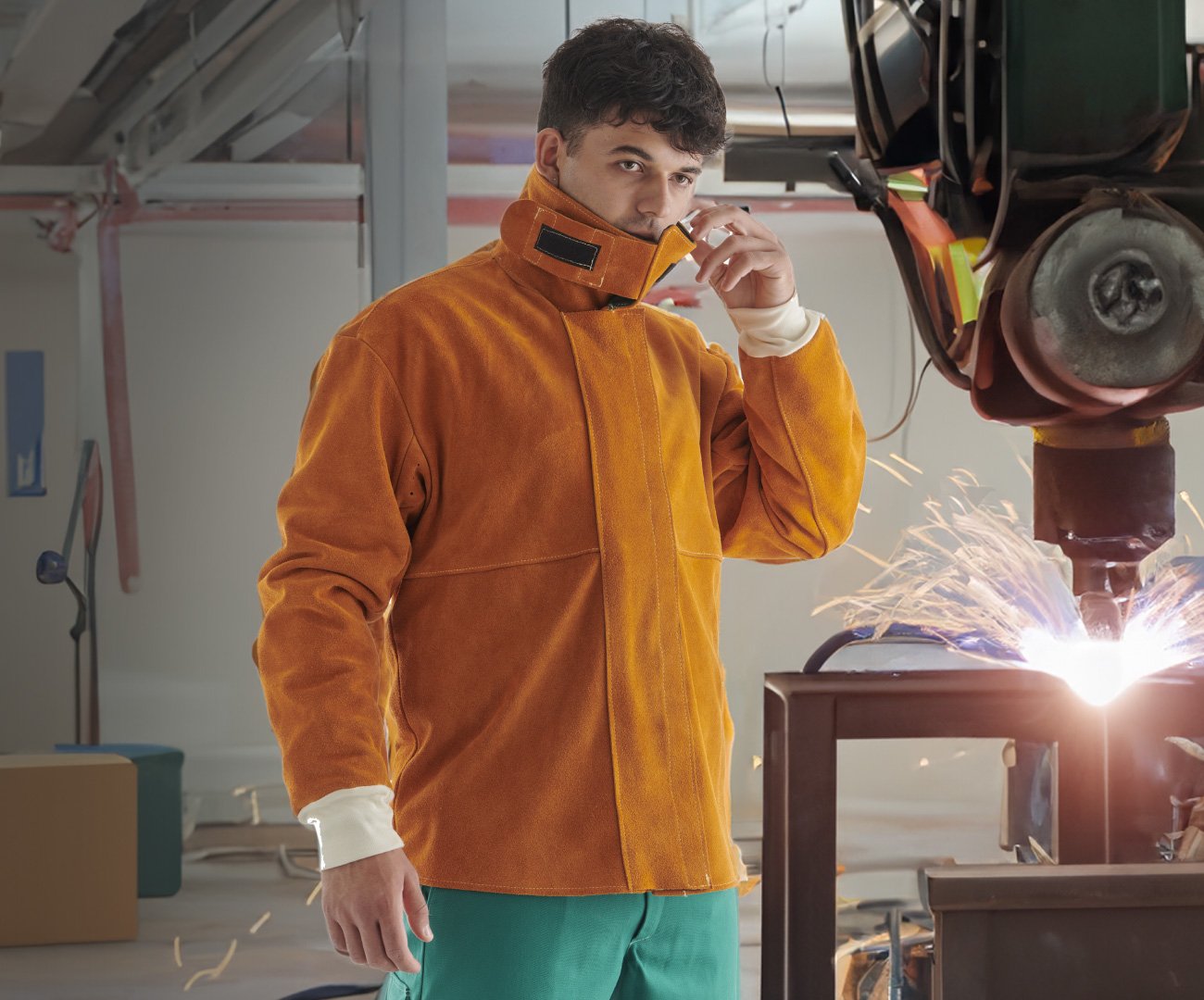EN 407 standard: everything you need to know


 If you work every day in a thermal risk environment, it is imperative that you are familiar with the EN 407:2020 standard for heat-resistant gloves.
If you work every day in a thermal risk environment, it is imperative that you are familiar with the EN 407:2020 standard for heat-resistant gloves.
This standard goes on to specify the requirements and test methods for PPE (gloves and sleeves) that are intended to protect the end of the upper limbs so that they are adequately protected from thermal risk.
How to read the test levels?
When a manufacturer certifies a heat-resistant glove it will proceed with the following thermal resistance tests, where 1 indicates the lowest level of protection and 4 indicates the highest level.
If the marking indicates an X, it means the test has not been performed.
1.Limited flame propagation
This test measures resistance to combustion.
The work glove, to pass the test, is exposed to a flame for 15 seconds. It is then measured how long it takes the glove to stop burning.
2.Contact heat resistance
This resistance test evaluates the time interval within which the temperature (in the range of 100°C to 500°C) does not cause burns or pain to the glove user (for a period of at least 15 seconds).
3.Convective heat resistance
This test measures the time interval during which the glove is able to delay the heat transfer of a flame.
4.Resistance to radiant heat
This resistance test instead measures the interval of time it takes for the glove to reach a given temperature level when exposed to a radiant heat source. In other words, the time it takes for heat to penetrate the inside of the glove.
5.Resistance to small splashes of molten metal
In this test, resistance to small splashes of molten metal is measured by determining the amount of molten metal splash required for the glove to reach a certain temperature (increasing it by 40 °C between the glove and the skin).
6.Resistance to large splashes of molten metal
The last test calculates the weight, in grams, of molten metal needed to damage an artificial PVC layer attached to the inner side of the glove, which simulates the skin of the hand.
Here is a sample chart:
Two important new features of the EN 407:2020 edition:
- Application of the standard also to devices for kitchen and household use (oven gloves, barbecue gloves, potholders)

- Introduction of a specific pictogram, only for gloves that are not tested to limited flame spread.
Oven and barbecue gloves and potholders must also be CE marked.
In COVAL Safety oven gloves you can find the CE marking and all the information about the EN 407 marking inside the label on each glove.
This is essential to protect the consumer and, in this regard, the European legislation also defines all the obligations and responsibilities of those who produce or resell heat-resistant oven gloves.



